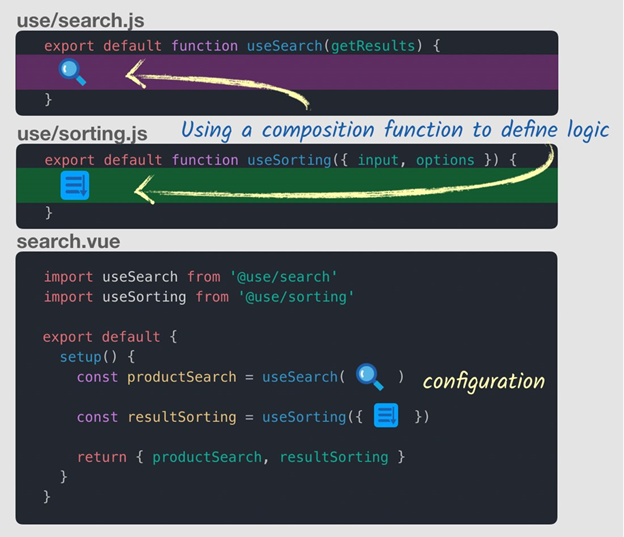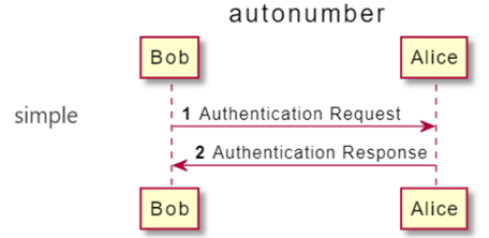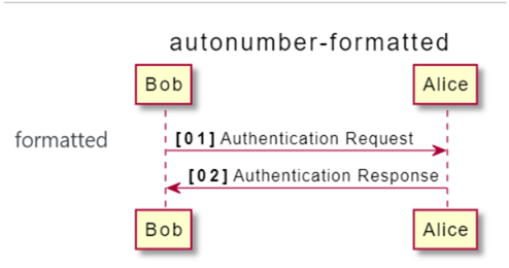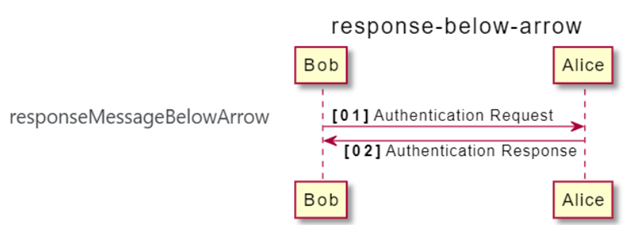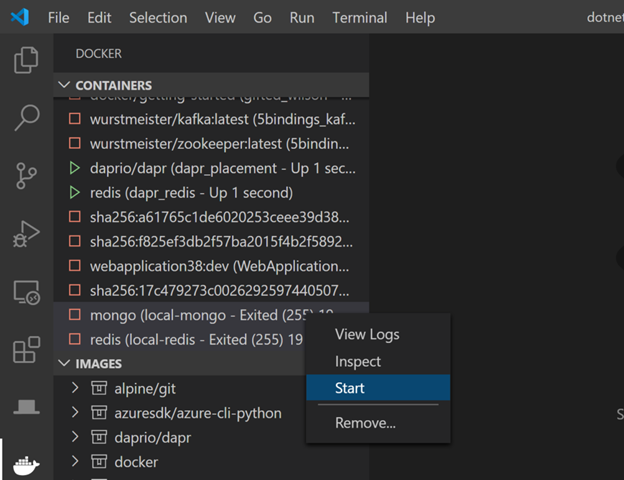What worked well:
Creating issues was as expected; We were able to have open communication within the team and we were helping each other in how to create issues, connect them with epics, assigning team member for work and for reviewing.
We were helping each other figure out using git again. Dahwal introduced me to Github Desktop application which made the whole process of adding files, committing branch, push branch, creating merge requests, creating new branch and switching branches fairly simple.
Personally:
I had to revise scrum techniques and how to use the scrum board but with the help of team quickly grasped the concept again. I was quickly able to assign issue to myself in the API part of the project (links to the issues below). Most of the code was very similar to homework project from last semester therefore was easier to complete. I created src folder with path, responses and schema subfolders. I created schemas for view, product, shelflife and EvoError. I had to do good amount of research on OpenAPI and also on regex for patterns and format for different schemas within the schemas like min, max, temp, etc.
What didn’t work so well:
Figuring out workings of git took longer than expected. Brushing up on scrum and trying to use scrum boards proved harder than expected. Communication in the beginning was limited to only class time, which proved to be a big obstacle in this sprint. We also ran into a lot of problems with merge request, where they were unsuccessful due to being behind on commits, improper branch creation and not having a clean working tree in general.
Personally:
I had a lot of time used in git bash until Dahwal showed me GitHub Desktop application which really helped me save a lot of time. I had to do fair amount of reading of OpenAPI documentation in trying to figure out proper patterns and formats and even after that I needed to ask help from team members and professor. I also confined myself to only issues related to schemas and did not get opportunity to create paths for the API.
Improvements:
The most important issue we need to deal with is communication. We need to meet outside class time or at least meet via discord in video calls. We need to attach issues created to appropriate epics and understand how weights work and its assignment. We also need to communicate difficulties or problems we faced regarding issues in the comment thread sections instead of only using discord. We also need to come up with a system of approvals and merge requests so most of or class time is not spent approving and merging requests.
Personally:
I need to communicate with team members working on issues similar to mine so that we can set some conventions. For example, my schemas, branches, commits and merge request had slightly different naming convention than others. I also need to keep up with emails, discord messages and other notifications and respond in timely manner. Most importantly I need to make an effort to keep myself updated with issues I am not assigned to and keep up with the flow of code.
Links to some issues:
https://gitlab.com/LibreFoodPantry/common-services/foodkeeper/foodkeeperapi/-/issues/1
EvoError
https://gitlab.com/LibreFoodPantry/common-services/foodkeeper/foodkeeperapi/-/issues/2
Product Schema
https://gitlab.com/LibreFoodPantry/common-services/foodkeeper/food-keeper-backend/-/issues/10
View Schema
https://gitlab.com/LibreFoodPantry/common-services/foodkeeper/food-keeper-backend/-/issues/12
Shelflife Schema
https://gitlab.com/LibreFoodPantry/common-services/foodkeeper/food-keeper-backend/-/issues/11
From the blog CS@worcester – Towards Tech by murtazan and used with permission of the author. All other rights reserved by the author.

